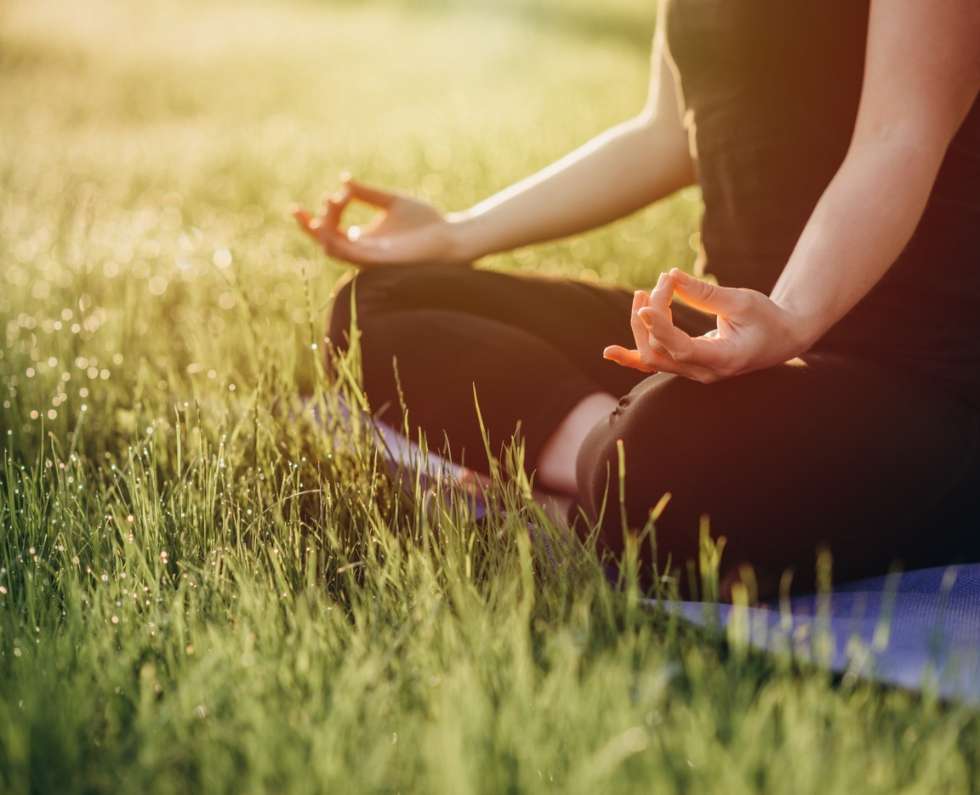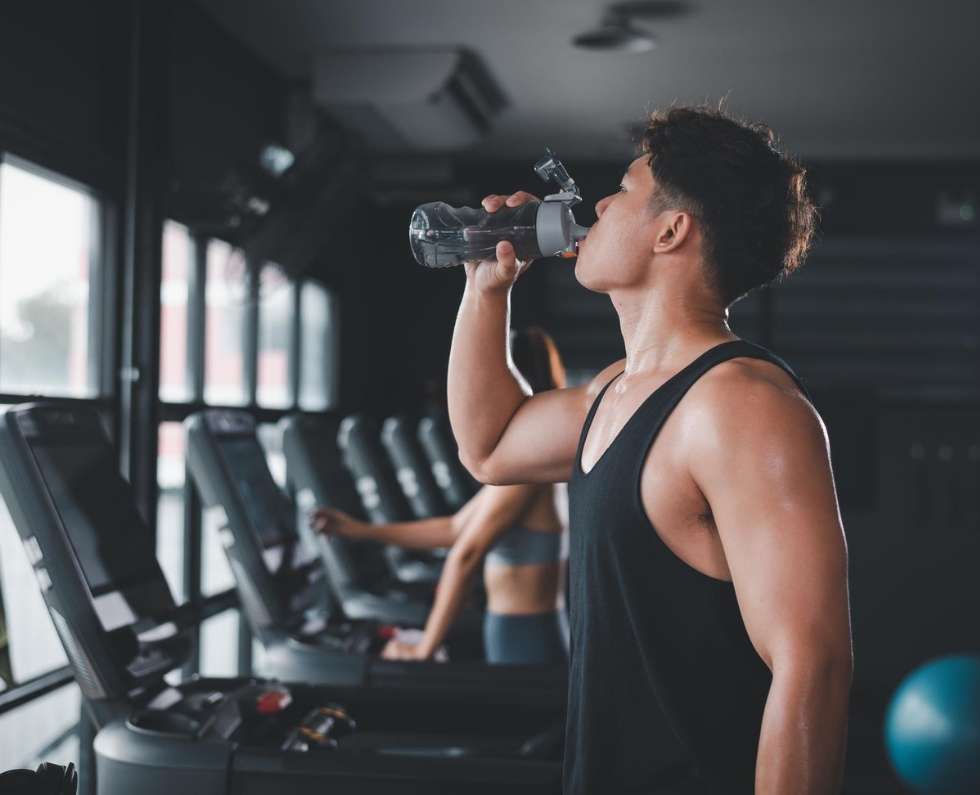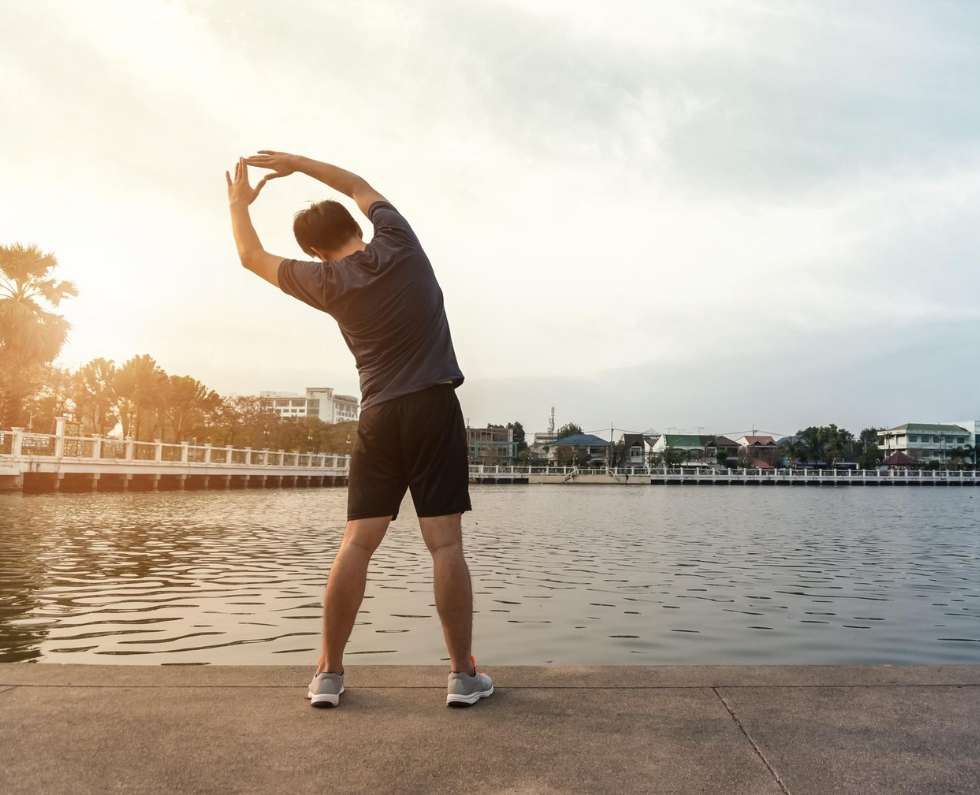The Role Of Mental Health In Physical Fitness: A Holistic Approach To Wellness
The Role Of Mental Health In Physical Fitness: A Holistic Approach To Wellness Today, with the pace of life getting so fast, most people think of physical fitness as a way to have a healthy body, but the role of mental health in fitness is as significant. Many individuals work on developing their physical strength, but neglect the powerful relationship between the mind and body. The fact is that mental well-being can impact our performance during workouts, the motivation to continue exercising, and even how the body reacts to exercise. One thing that can result in a disturbance of a scheduled workout routine would be mental conditions such as stress, anxiety, and depression. Negative thoughts with emotional struggles commonly result in fatigue, lack of concentration, or motivation, hindering the movement toward fitness-related goals. Instead, regular activity has been seen to improve the mood, stress level, or even self-confidence, which has resulted in the enhancement of better mental clarity as well as proper emotional balance. Understanding the interaction between mental health and physical fitness is a path that leads toward an all-rounded well-being. Attending to these together can ensure individuals achieve higher levels of success in their pursuit of fitness and have better mental health. This blog delves into the essential function of mental health in fitness, as well as how workouts may be modified to support the attainment of both healthy mind and body. Understanding the Mind-Body Connection What is the Mind-Body Connection? The mind-body connection refers to the strong relationship that exists between mental and physical health. It makes one realize that how one feels inside can, in turn, affect his physical health and vice versa. One might feel tense or experience pain in the muscles when he or she Is going through stress or anxiety or a low mood of sadness. Physical activity, for instance, could make chemicals within the brain break out, including endorphins, which in turn improve the mood and alleviate stress. It is because of this link that mental wellness is such an important part of fitness. When you’re mentally drained or stressed, it’s really hard to get moving enough to do a workout. Conversely, regular physical activity can do much to heighten mood, reduce anxiety, and increase energy in ways that foster both physical fitness and sound mental wellness. And knowing the connection promotes a holistic approach to health, favoring both physical fitness and mental wellness. How Mental Health Affects Physical Performance The state of the mind is of great importance for physical performance; it determines, in many ways, how we will perform at the gym. When we’re stressed, anxious, or depressed, we find it difficult to focus and get motivated. Mental struggles cause fatigue, low energy, and even physical signs such as tension in the muscles or headaches that prevent us from performing well. For instance, stress impacts a person’s mood, impacts recovery and muscle building, and starts to cause the elevation of cortisol in the body. Anxiety is the state when one cannot clearly focus on the exercises, leading to bad form, or not finishing the exercise intended. A positive mental approach assists in motivation and boosts energy and concentration, causing one to perform and stick to the plan in the fitness routine. Mental health also improves physical performance. If your mind is leveled, you’ll be able to push through things, be constant, and be able to do better at being fit. Strategies to Improve Mental Health Through Fitness Incorporating Mindfulness and Meditation into Your Routine Begin with Breathing Exercises: Breathing exercises-whether simple and deep before a workout or more advanced after exercise-can help manage stress and cultivate attention to the present moment. Try yoga or Pilates: They integrate movement with mindfulness and will help you keep in touch with your body while removing mental clutter. Practice Body Scan Meditation: This practice involves scanning one’s body, from head to toe, allowing for the letting go of tension and relaxation. Using visualization: visualization, such as picturing yourself at the end of a workout or reaching a milestone in terms of fitness, can improve motivation and mental clarity. Mindful walking: Slow and mindful walking, either before or after a workout, clears one’s mind, connecting the mind with the body, which then reduces anxiety. Setting Realistic Fitness Goals to Boost Confidence Begin Small: Set goals that are easy to achieve. For example, walk 10,000 steps or lift a certain weight to improve one’s self-esteem and motivation. Track Progress: Record your progress through a fitness journal or an application that tracks your achievements, which allows you to view growth and be motivated. Rather, focus on what is consistent rather than perfect-the three times-a-week exercise and the mental fortitude it takes to get that done. Celebrate milestones. Acknowledge every achievement, no matter how small, to keep a positive mindset and build momentum. Life may be unpredictable; therefore, a flexible approach to goals is really helpful. An adjustment in the goals while deemed necessary helps avoid or reduce feelings of failure and de-motivation. Combating Negative Self-Talk and Self-Doubt Replace the negative thoughts by positive affirmations. Instead of thinking about weaknesses, remind yourself of strengths and progress. Focus on what you can control: Instead of worrying about the outcome, focus on the effort you put into each workout. Be Gentle to Yourself: Everyone has a bad day at times. Do not punish yourself for missing your workouts or making a mistake. Use visualisation: Imagine succeeding in your fitness goals. visualisation may help ward off doubt and create confidence. Celebrate small wins: Any small step forward is worth being recognised. The self-esteem goes up, and the negative thoughts are reduced. Conclusion In conclusion, any connection between one’s mental status and physical health is undeniable, and a more balanced approach to fitness not only strengthens the body but also makes the mind glow. By strategizing mindfulness or setting realistic goal settings, involvement in group activities, combating some negative self talk, and also seeking professional services when needed by an individual






